40 Acres and a Lie tells the history of an often-misunderstood government program that gave formerly enslaved people land titles after the Civil War. A year and a half later, almost all the land had been taken back. Read more here and listen to a three-part audio investigation here.
Pompey Jackson was born in the heart of Georgia’s rice empire—the human property of one of the state’s wealthiest and most powerful families.
He and his sisters were among hundreds enslaved on a sprawling marshland estate called Grove Hill, where life was brutal. People died every month, mostly young children. Those who reached adulthood often suffered spinal injuries, lung disease, and foot rot from sloshing through flooded rice fields. Jackson survived smallpox. He was a teenager in late 1864 when Union General William T. Sherman and his soldiers advanced through the Ogeechee River low country on their way to capture Savannah.
Sherman freed thousands during his march through the South, later writing that “freedmen, in droves, old and young, followed [our troops] to reach a place of safety.” On January 16, 1865, at the urging of Savannah’s Black ministers, Sherman issued an edict called Special Field Orders, No. 15, which reserved large swaths of coastal South Carolina, Georgia, and northeastern Florida for the formerly enslaved to live and work on and govern themselves.
Sherman’s pledge of land for the formerly enslaved—which would become known as “40 Acres and a Mule”—remains the nation’s most famous attempt to provide some form of reparations for American slavery. Today, it is largely remembered as a broken promise and an abandoned step toward multiracial democracy. Less known is that the federal government actually did issue hundreds, perhaps thousands, of titles to specific plots of land between 4 and 40 acres—before ultimately changing course and returning the land to the plantation owners. (The freedmen were not, in fact, promised a mule, though some did receive them.)

Jackson was among the first freedmen in Georgia to get one of these land titles, choosing to begin his life after the war on a plot carved out of the very rice fields where he’d spent his years enslaved. On April 20, 1865, a federal agent issued Jackson a land title for 4 acres at Grove Hill.
We came across that title as part of the Center for Public Integrity’s years-long effort to search through nearly 1.8 million records, which allowed us to identify 1,250 formerly enslaved men and women, including Jackson, who received land titles in Georgia and South Carolina in the months that followed Sherman’s field orders. All of the records were created by the now-defunct US Bureau of Refugees, Freedmen, and Abandoned Lands, and were only digitized in the last 10 years. We first discovered some of the land titles in 2021, within a recently digitized roll of microfilm labeled “Unbound Miscellaneous Records.” To aid in our search, we developed an image recognition algorithm that helped us surface land titles that covered more than 24,000 acres on 34 plantations that were seized by the Union Army from Confederate landowners. While the titles we have represent just a fraction of those distributed under Sherman’s orders, we were able to identify at least 34 former plantations where specific land was granted to Black families and then taken back.
In 2000, when Congress passed the Freedmen’s Bureau Preservation Act, it financed a five-year effort to index and microfilm the records—mostly handwritten, and often in elaborate penmanship—from the Reconstruction-era agency charged with aiding millions of emancipated slaves. In the years that followed, the Mormon Church began digitizing images from the microfilm through its genealogy platform FamilySearch, making 1.5 million records available online in partnership with the National Archives. Eric Foner, a leading historian who has written extensively about the Civil War, said this digitization was vital because there are no other sources outside of the Freedmen’s Bureau records that illustrate this aspect of Reconstruction so clearly.
While historians had long known that at least some of these titles still existed—one has been featured on the National Archives website since at least 2007—such a large collection has never been published and analyzed in one place. “These records contain an enormous amount of genealogical information that has not been readily available to many African Americans,” said historian Karen Cook Bell, who said she first encountered some land titles back in 1991 while searching through National Archives paper records by hand to research her dissertation.
“Having this kind of evidence—of actual families who received land and had that land taken away—certainly can address, in some measure, the issue of reparations,” said Cook Bell, whose 2018 book, Claiming Freedom: Race, Kinship, and Land in Nineteenth-Century Georgia, documents life on lowcountry plantations such as Grove Hill. In her book, she identified nearly 400 formerly enslaved men and women in Georgia who had received land titles. “When you talk about the economic inequalities in American society, they all center around who has access to property, and who has access to land.”
After surfacing the digitized land titles and logs entries, we conducted genealogical research to trace what happened to the descendants of these 1,250 men and women in the century and a half since Sherman’s promise was broken—reviewing thousands of Freedmen’s Bureau bank records, marriage certificates, and census documents. Many names didn’t appear on any other public records; other names were too common to research with confidence. Ultimately, we created family trees for about 100 of the freedmen and women and identified 41 of their living descendants.
“I had no idea,” said Mila Rios, after being shown a Freedmen’s Bureau log that included the name of her great-great-grandfather, Pompey Jackson. “That’s infringement. It was given to him and taken back.”
Sherman’s special Field Orders, No. 15 set aside the islands and coastline of Georgia, South Carolina, and northeastern Florida exclusively “for the settlement of the negroes now made free by the acts of war.” The orders granted the head of each family up to 40 acres of land on seized or abandoned plantations, and afforded them military protection “until such time as they can protect themselves, or until Congress shall regulate their title.” The orders further noted that “in the settlements hereafter to be established, no white person whatever, unless military officers and soldiers detailed for duty, will be permitted to reside; and the sole and exclusive management of affairs will be left to the freed people themselves.” In his memoirs, Sherman explained that he had not necessarily intended to ensure the freedmen the right to the land indefinitely, but at least through the end of the war and until federal officials took more permanent measures.
In the meantime, the task of explaining and administering the orders fell to Rufus Saxton, a decorated Union general, who traveled to the Second African Baptist Church in Savannah on a February afternoon in 1865. After an organist played a celebratory hymn and the Reverend Ulysses L. Houston, who’d helped persuade Sherman to redistribute land, offered a prayer, Saxton addressed those who had crowded into the church that day.

“The soil is the source of all true prosperity and wealth,” Saxton reportedly told those who had gathered in the pews. “No people can be great unless they own soil. You know that; General Sherman knows it; our Father in heaven knows it. And now I want to tell you, you may own the soil.” Saxton’s declaration created a stir, but his words would come back to haunt him.
A few weeks later, President Abraham Lincoln signed into law a bill that clarified that Black families could rent their chosen plots for three years, with the option to buy them. The bill also created the Freedmen’s Bureau, an agency charged with coordinating temporary housing, food, health care, education, and work for the 3 million formerly enslaved people across the nation.
Within a few weeks, Saxton’s officers were issuing land titles to freed people. By June, Saxton reported that he had settled some 40,000 Black citizens on the land set aside for them through Sherman’s orders.

Among them were a woman named Eleaza Johnson and a man named York Williams, who each received 40 acres on Skidaway Island. A short boat ride from Savannah, the 11,430-acre island that had been home to a dozen plantations was where Houston resettled more than 1,000 freed people in an attempt to build a self-sufficient Black colony.
On the mainland south of Savannah, near the neck of the Ogeechee River, at least 50 men and women, including Pompey Jackson, were issued land titles at Grove Hill. Many had been enslaved there together. The new landholders elected a board of representatives to advise the Freedmen’s Bureau agent in their district, formed their own militia, the Ogeechee Home Guards, and continued producing rice to sell in Savannah.
Despite getting started late into the growing season, and having no mules or agricultural equipment, the freedmen were succeeding, shocking many of their former slave owners, Saxton reported back to headquarters in Washington, DC. “They have persevered with an industry and energy beyond our most sanguine expectations,” he wrote.
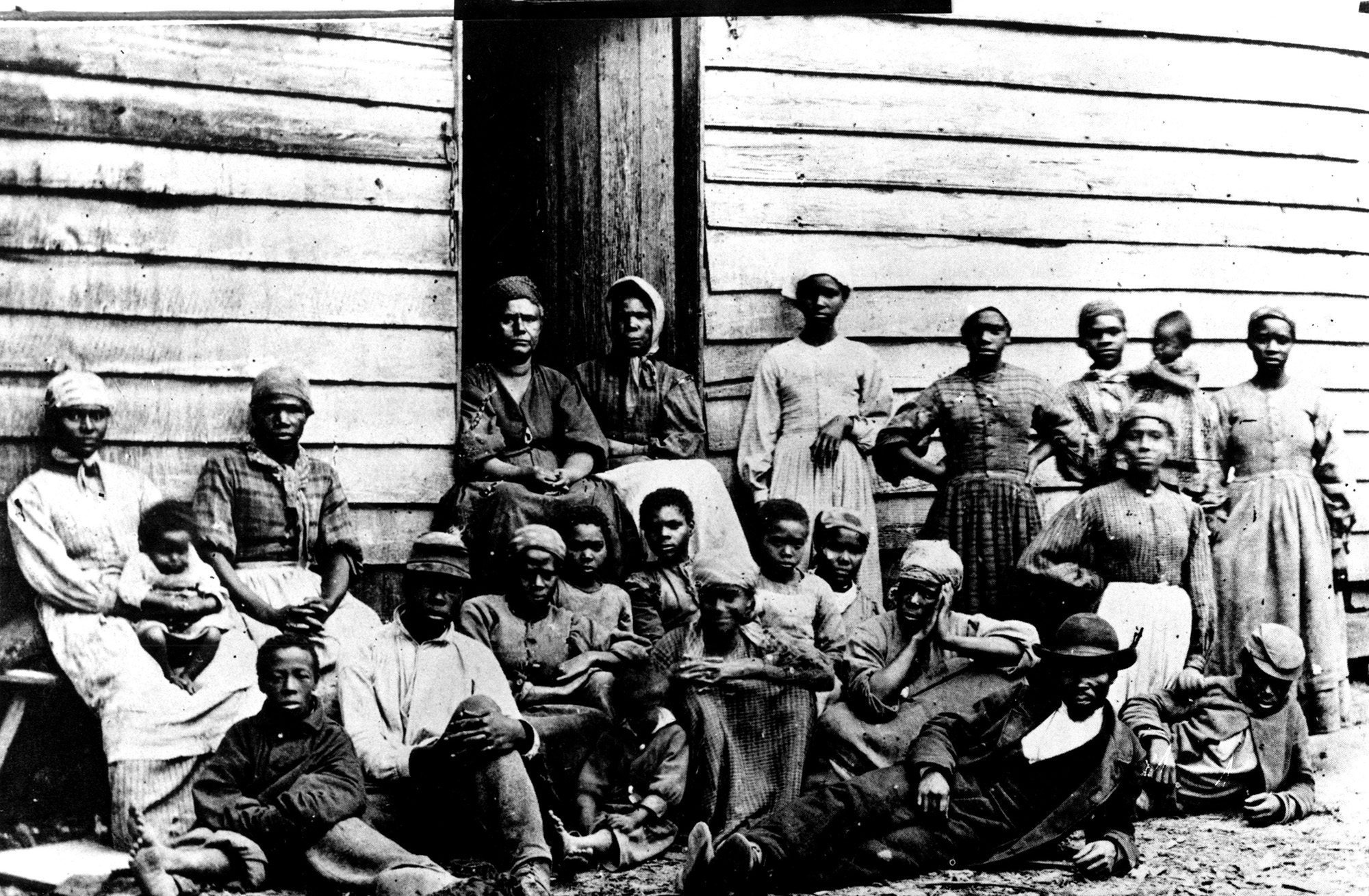
Life was far from perfect. For those who settled on the Sea Islands, such as Skidaway and Edisto, medical care was scarce. Those on the mainland faced the constant threat of white violence and little chance of justice if they fell victim to it. “The negroes are frequently murdered, shot down in cold blood, without any provocation except their loyalty and because they assert their freedom,” Saxton relayed in a letter at the time.
“I hope and pray that our Government will not listen to the ex-parte statements of the old rulers of these States, many of whom are still traitors at heart, and even now are seeking to grasp again the political power under the old flag,” Saxton added. “It will be bad for the Freedmen if these men again get into power.”
It wasn’t long before Saxton’s fears became a reality. In April 1865, just a month after creating the Freedmen’s Bureau, Lincoln was assassinated by actor and Confederate sympathizer John Wilkes Booth. Lincoln’s successor, Andrew Johnson, was an avowed white supremacist who moved quickly to pardon many former Confederates and return their land.
“[Johnson] used executive power very, very skillfully to undermine transfer of land to Black people, and to really hamstring the Freedmen’s Bureau,” said Donald Nieman, a history professor at Binghamton University. He added that Johnson acted out of personal prejudice toward the freedmen, but also political expediency. “By restoring land and by giving pardons to the former landowners in the South, he thought he could make that group of people beholden to him politically.”
General Oliver Howard, the head of the Freedmen’s Bureau, traveled to South Carolina in October 1865 and told the Black families gathered at a church on Edisto Island, south of Charleston, that the president had pardoned their former enslavers, according to the diary of a teacher who was there. Howard suggested that the freedmen could work for the planters, urging them to lay aside bitter feelings and reconcile with their former enslavers.
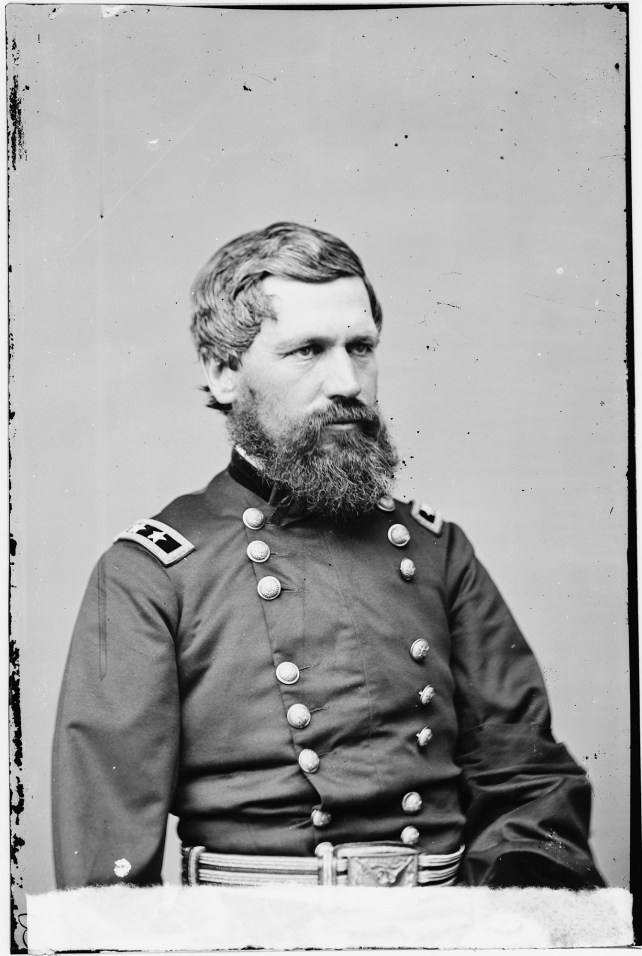
“No, never,” the people murmured, according to the teacher’s account. “Can’t do it,” they said. They burst into song, singing about “wandering in the wilderness of sorrow and gloom.”
For more than a year, a battle raged over who was entitled to the land—the former Confederates or the formerly enslaved. Legislation that would have codified Sherman’s field orders into federal law made it through Congress, but was vetoed by Johnson. The Freedmen’s Bureau resisted, insisting the property now belonged to the emancipated men and women. “They felt that they had earned the land. They’re the ones who had tamed the land, cultivated the land,” said Damani Davis, the archivist who oversees the National Archives’ Freedmen’s Bureau collection. “Their family and ancestors were buried in the land.”
That prompted Johnson to dispatch two generals to ensure that the former slaveholders were reinstalled as landowners. By the time Congress took up another Freedmen’s Bureau bill in the summer of 1866, most of the land had been taken back. Lawmakers eventually mustered enough votes to override Johnson’s veto and pass a weaker bill that gave a few scraps to some formerly enslaved people who had received land titles and were still on that land. The law swapped out their titles for warrants that allowed them to buy up to 20 acres for $1.50 per acre on government land in Beaufort County, South Carolina, far less than they had originally been promised.
In parts of the South, violence broke out as former rebels returned to plots that had since been occupied by the emancipated. One Freedmen’s Bureau agent reported that a 12-year-old boy had been “battered and bruised” by “his former master, who had driven him off, helpless and hungry, to find food and shelter as best he could.” Armed members of the Ogeechee Home Guards revolted, landing several of them in jail. (“The declared intention of the Negroes is to make it impossible for white men to live in this section and then take possession of the plantation themselves,” the Savannah Morning News reported.) Many other freedmen on the South Carolina Sea Islands refused to work for their former enslavers.
Among the white Southerners trying to reclaim the rice plantations lost following the war was William Habersham, one of the previous owners of Grove Hill. In January 1866, nine months after Jackson received his 4 acres, Habersham swore his allegiance to the Union and sought a presidential pardon. He enlisted Dan Talmage, a well-connected friend in New York, to make his case.
“His former slaves wish to labor for him & he is willing to pay them wages or give them a fair share proportion of the crop,” Talmage wrote to one of his senators in Washington, DC. “I beg therefore that you use your influence to return him from his embarrassment. The season of planting is near and therefore important to get the matter arranged soon.”
While it is unclear if any of the formerly enslaved were truly interested in working for Habersham again, the appeals on his behalf worked. Within a few days, President Johnson pardoned Habersham, eventually allowing him to reclaim Grove Hill as his own.
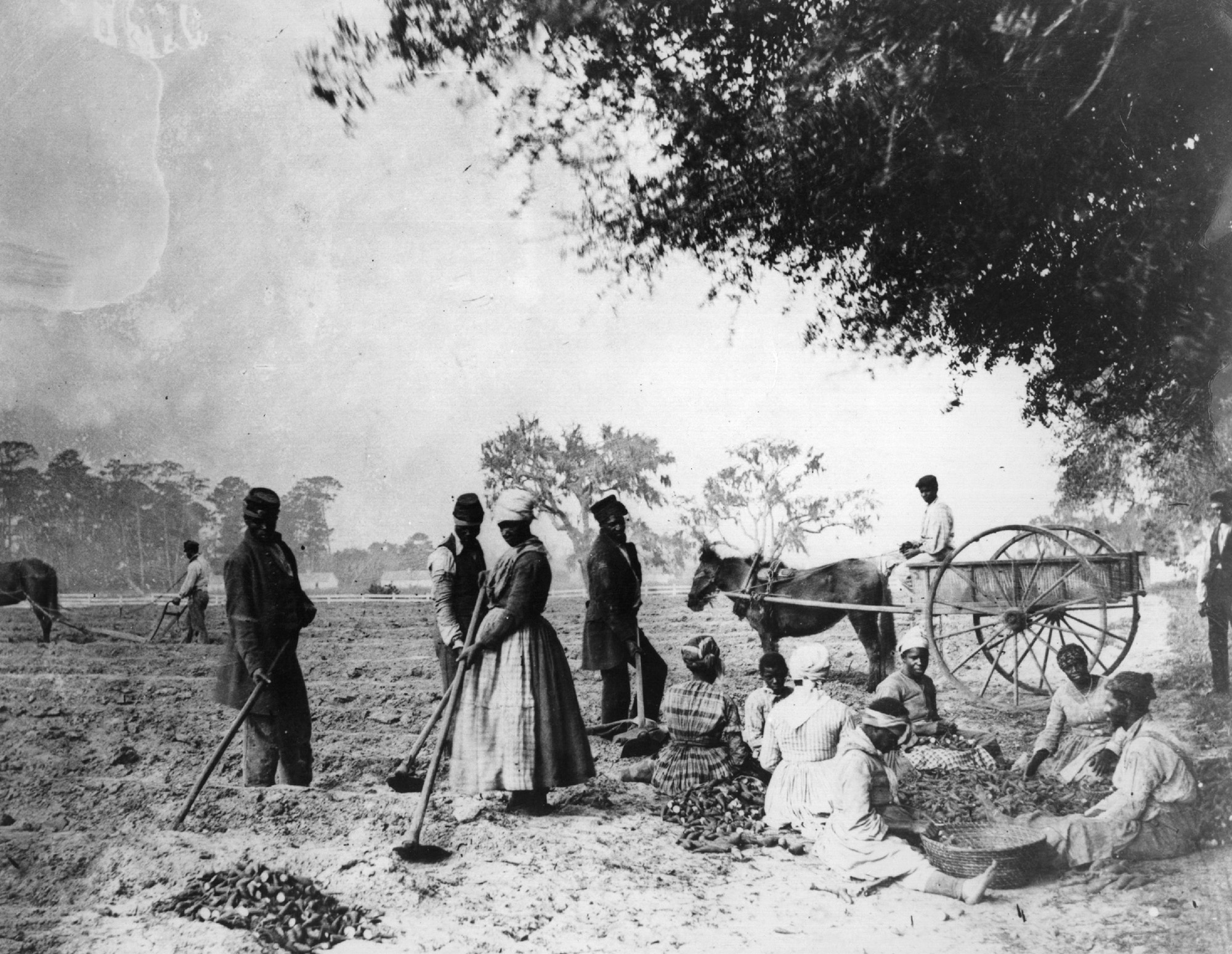
Months later, in November 1866, a federal agent issued Jackson a “first-class warrant” to buy land in Beaufort County as consolation for his now worthless title to part of Habersham’s plantation. But Jackson wouldn’t leave Georgia, instead joining a number of freedmen who stayed in the Savannah area and found jobs as porters, housekeepers, and dockworkers.
Jackson was hired as a carpenter for a white man named William Carmichael, who had bought Causton’s Bluff, one of the Habersham family’s rice plantations. Jackson built shotgun houses for formerly enslaved workers who lived on the land for free, were paid 71 cents per day, and were permitted to use some of the land to plant their own cotton to sell. In 1867, he married Patience Simmons, a freedwoman from South Carolina, according to public records we reviewed. He registered to vote in Savannah.
“When [the land] was taken away, they didn’t wallow in despair,” wrote Cook Bell, now a historian at Bowie State University, noting that many of the freedmen gathered to build Black towns and found work fishing and raising livestock—and invested in land.
Pompey and Patience had seven children. Their daughter Florence Jackson described Pompey as a tall, quiet man who regretted never learning to write, according to Mila Rios, her great-granddaughter. But Pompey did learn to sign his name. A Freedmen’s Bureau Bank record from 1874 shows his signature at the bottom. It would take 20 years from the day he opened that bank account until he was finally able to buy his own piece of land.
In 1894, Jackson paid $75 to purchase a parcel in East Savannah, then an unincorporated part of the city where freed slaves lived. The deed mentioned that Jackson was president of the East Savannah Home Protection Society, which Rios believes was a mutual aid organization he founded for freed people.
Florence recalled growing up in a shotgun house her father built on that land, and learning to make lye soap from hog fat and dandelion wine from their garden. Pompey ensured all his children learned to read and write, Rios said. Florence completed eighth grade, the highest available to her. But she would spend her life disappointed that, despite her education, the only job she could get in Savannah was washing clothes for white families.
Some of Jackson’s descendants joined the wave of Black Americans who migrated north in the early decades of the 20th century. His granddaughter Louise—Florence’s daughter—moved to Philadelphia in 1923 because her husband, a construction worker, was being paid less than his white co-workers, Rios said. Florence and her husband followed them north.
By then, the promise of 40 Acres and a Mule had long faded, and the land title Jackson received was worthless. It would take decades for his granddaughter Louise, who worked as a nurse in a hospital maternity ward, and her husband to save enough money to purchase real estate. In 1951, they bought a quarter of an acre plot in a racially mixed Philadelphia suburb.
On a warm spring day in 2022, a “No Trespassing” sign dangled from a chain-link fence around a stretch of overgrown fields that were once part of Grove Hill. Some of that land is now for sale—the future location of a luxury gated community called The Habersham Plantation. An ad describes it as one of “Savannah’s hidden gems,” and promised fishing, crabbing, boating, and kayaking on the Grove River.
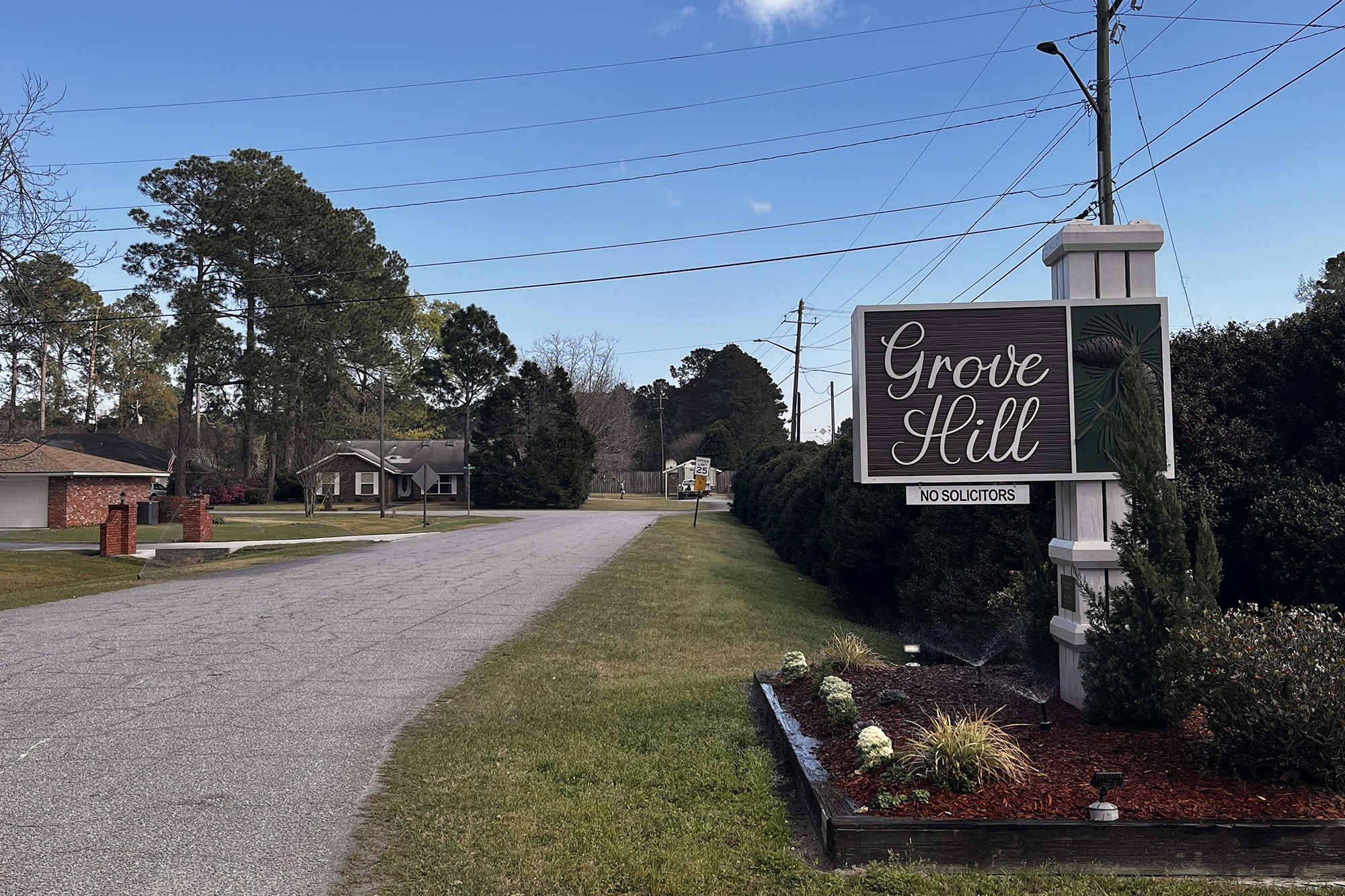
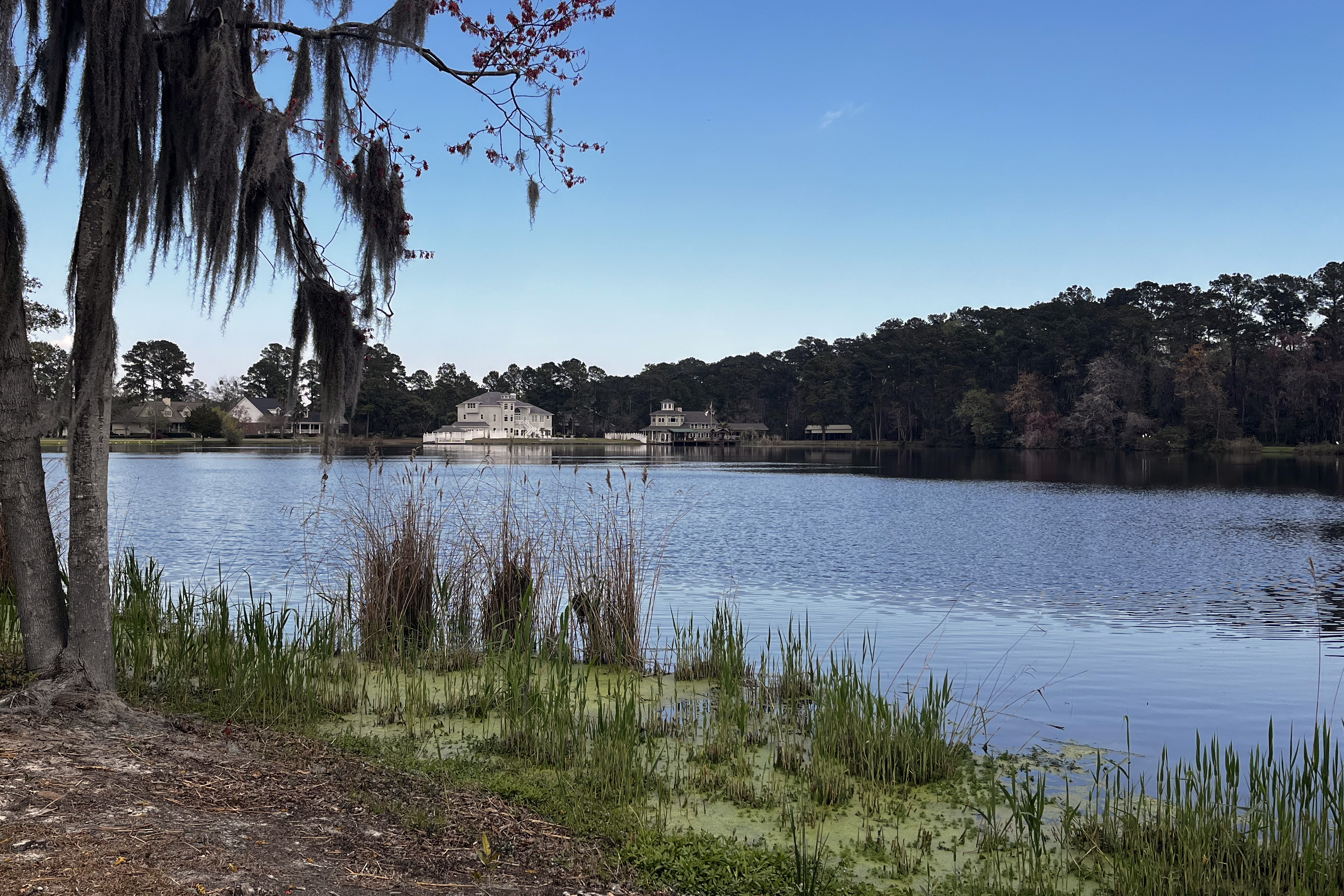
An empty 4-acre lot—the size of Pompey Jackson’s plot—sold for $250,000 in October 2023. Based on that sale, 40 acres on Grove Hill could be worth about $2.5 million today.
That kind of generational wealth could have had a huge impact on freedmen and their descendants, said William “Sandy” Darity Jr., an economics professor at Duke University and a leading advocate for reparations.
“There would’ve been a territory ranging from the Sea Islands to northern Florida that would’ve been essentially a coastal Black belt community,” he said. Instead, he noted, Black Americans remained plagued by a wealth gap, possessing just a quarter of the wealth held by white American families. “That would’ve had very significant implications for Black economic wellbeing as well as Black political power.”
In 1892, decades after the plantation was returned to William Habersham, the land was auctioned to pay off his family’s debts. It was purchased by one of his distant cousins, Robert Habersham Elliott, who bought all 1,700 acres for an amount equal to $544,000 in today’s dollars. Over the course of the next century, parts of the sprawling plantation would be divided, sold, and developed. In 2005, most of the land that once was Grove Hill was purchased by a developer for $3.2 million. The neighboring old manor house is now a private event space and occasional movie set.
We reached out to several of William Habersham’s potential living descendants through a genealogy platform, but they did not respond. The homeowners association at The Habersham Plantation did not respond to our call or emails.
Sitting at the kitchen table of her two-bedroom house in suburban Fort Lauderdale, Mila Rios, Pompey Jackson’s great-great-granddaughter, said she was stunned to learn about her family’s connection to Grove Hill and to 40 Acres and a Mule.
“Unless you delved into it yourself, you’d never know” what really happened, Rios said. She said she doesn’t expect compensation for the 4 acres of land taken away from her family, though she believes her ancestors were entitled to it. “Me, personally, I’m not owed a dime,” she said, before acknowledging that she might feel different had her life included financial hardship.
After all, Pompey Jackson’s family defied the odds. Rios pulls out a black-and-white photo of her great-grandmother, taken on a sunny day in the early 1960s. Silver bracelets jingle on Rios’ wrists as she points out Florence, Florence’s daughter Louise, Florence’s sister, and some of their friends gathered in their backyard in suburban Philadelphia.
There, in the house her grandfather built on one-fifth of an acre, Rios experienced a comfortable middle-class childhood. At the mostly white high school she attended, history teachers barely touched upon the era of Reconstruction and 40 Acres and a Mule. Rios attended Bethune-Cookman University, a historically Black college in Florida, and later obtained a PhD in clinical psychology from UCLA. She spent most of her career treating sexually abused girls in Los Angeles. Rios married a successful aerospace engineer, and together they traveled to Switzerland, Paris, and Rome.
“I’ve had a fabulous life,” said Rios, who is now a widow. “I’m proud of what my ancestors did, or else I wouldn’t be…who I am today or where I am today.”
Rios’ great-grandmother Florence had hoped to move back to Savannah one day but never did. One of her brothers, however, lived his entire life on the property in Savannah that their father, Pompey, purchased back in 1894. The shotgun house he built is long gone, but the land is still in the family. Its current market value is $55,500, according to the latest appraisal from Chatham County—far less than a 4-acre plot on Grove Hill.
This project is a collaboration between the Center for Public Integrity, the Center for Investigative Reporting, and the Investigative Reporting Workshop. Read more here.
Top illustration: Chris Burnett; Source images: National Archives; Freedmen’s Bureau Records (2); Library of Congress; Federico Respini/Unsplash; Shutterstock; Photo12/Universal Images Group; Corbis/Getty (2)














